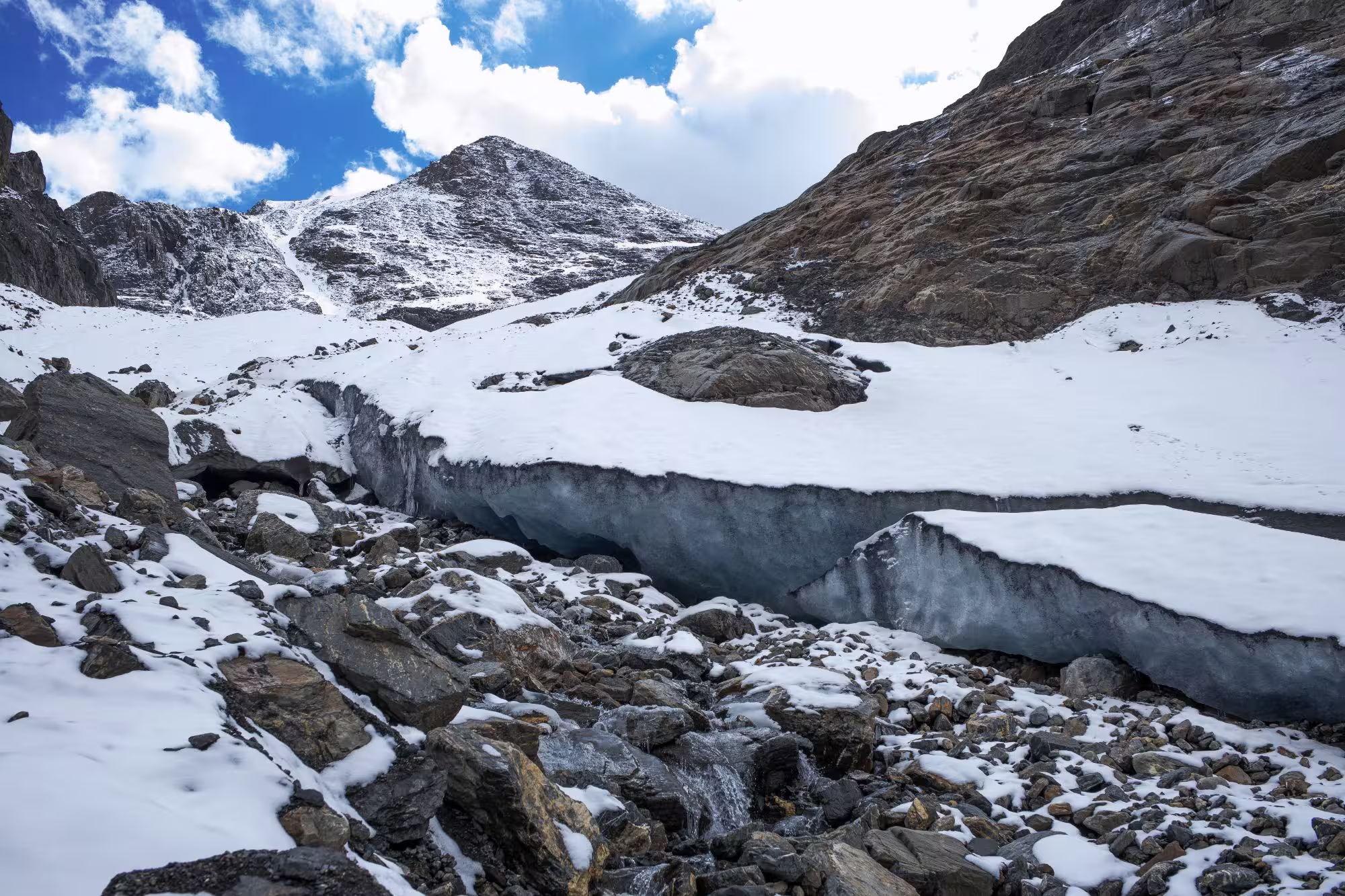PermAVirThaw

Around 17% of the Earth’s terrestrial surface is composed of permafrost, characterized by frozen ground for at least two consecutive years. With the poles warming 3-times faster than the rest of the world, permafrost is being rapidly lost, potentially releasing ancient microbes locked in frozen soil. Accumulated evidence demonstrates that microbes, including viruses, locked in ancient permafrost can stay viable over millennia, although little is known about viruses that froze alongside many of these microbial communities.
The EU-funded PermAVirThaw project aims to find out which viruses are archived in permafrost and which hosts they can infect. Viruses infecting plants and animals might pose major economic and human health threats whereas viruses infecting microbes can transform ecological systems on which humans deeply rely. The project will find out how the presence and abundance of these viruses varies with permafrost age and type across the Arctic. It will also quantify the capacity of viral particles extracted from permafrost to infect present-day bacteria and measure their impact on the role that bacteria play in carbon cycling.
